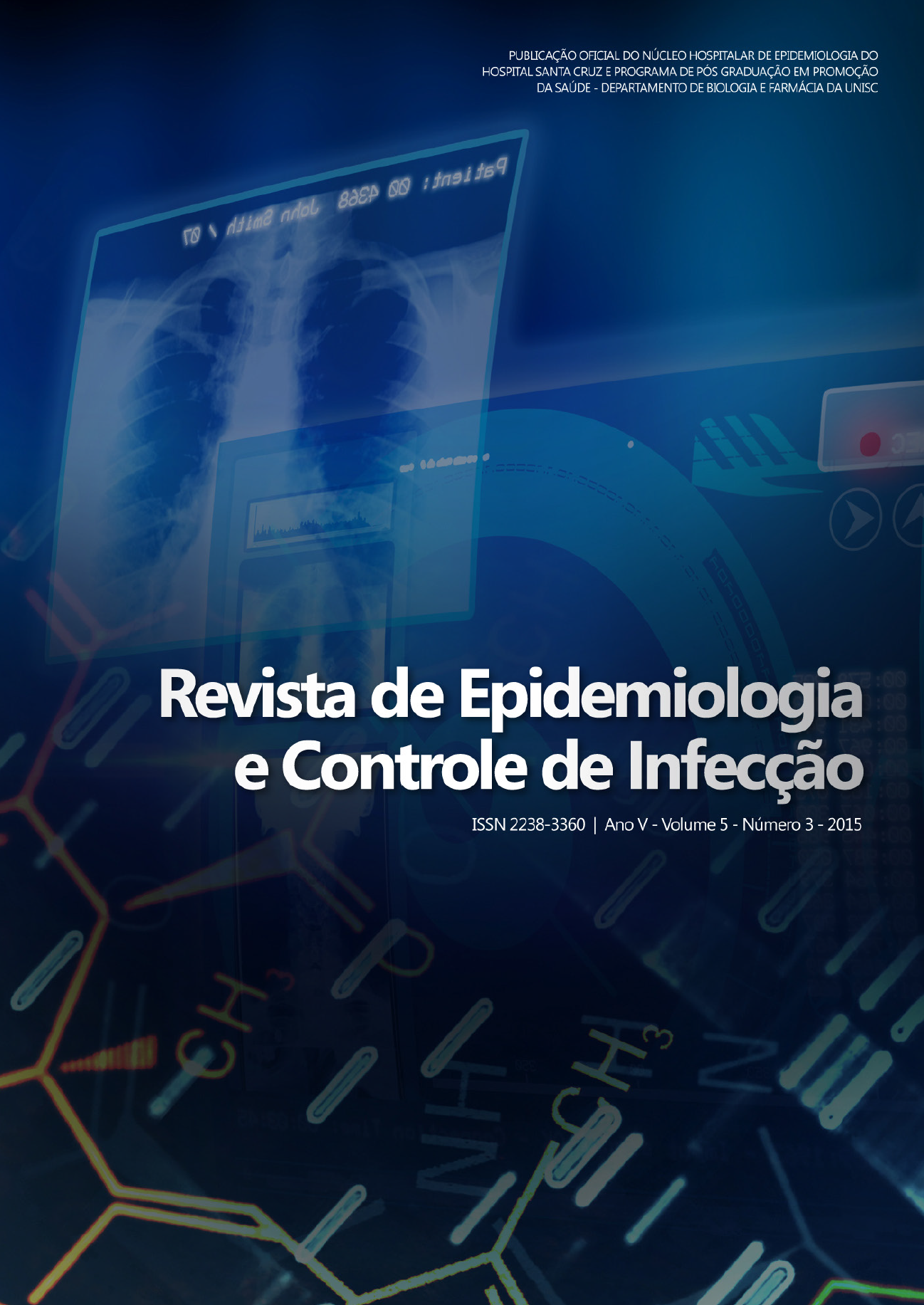The relation of intake fibers and glycemic load over glycemic, anthropometric and dietetic markers in pre-diabetic patients
DOI:
https://doi.org/10.17058/reci.v5i3.5585Abstract
Background and objectives: Pre-diabetes is the first stage of risk of developing diabetes. Evidences suggest that the glycemic control is directly associated to the fibers intake. This study correlated the influence of fibers intake and glycemic load with glycemic, anthropometric and dietetic markers in pre-diabetic patients. Methods: Fibers intake, glycemic load and macronutrients were evaluated as well as fasting glucose, glycated hemoglobin (A1C) and anthropometry. Results: Positive correlation between fibers intake and glycemic load was observed (r = 0.298; p = 0.029). However, there was no association between glucose and anthropometric markers with fiber intake and the CG (p> 0.05). It has been found that fibers intake was lower than recommended. Fibers intake and glycemic load correlated themselves with carbohydrates (r = 0.338; p = 0.009 and r = 0.412; p ≤ 0,001, respectively) and calories per day (r = 0.326; p = 0.018 and r = 0.393; p = 0.002, respectively). Conclusion: Dietary fiber intake was associated with glycemic load and was influenced by increased intake of dietary carbohydrates and calories. Moreover, the consumption of fibers proved opposite to glucose and anthropometric markers, even if insufficiently ingested. KEY-WORDS: Prediabetic State. Dietary Fiber. Anthropometry.Downloads
Downloads
Published
How to Cite
Issue
Section
License
The author must state that the paper is original (has not been published previously), not infringing any copyright or other ownership right involving third parties. Once the paper is submitted, the Journal reserves the right to make normative changes, such as spelling and grammar, in order to maintain the language standard, but respecting the author’s style. The published papers become ownership of RECI, considering that all the opinions expressed by the authors are their responsibility. Because we are an open access journal, we allow free use of articles in educational and scientific applications provided the source is cited under the Creative Commons CC-BY license.


